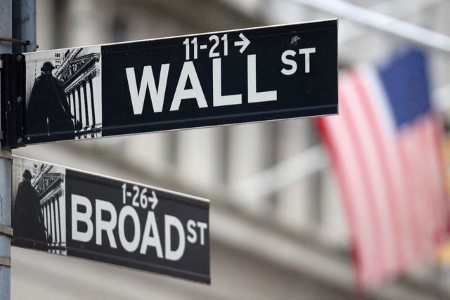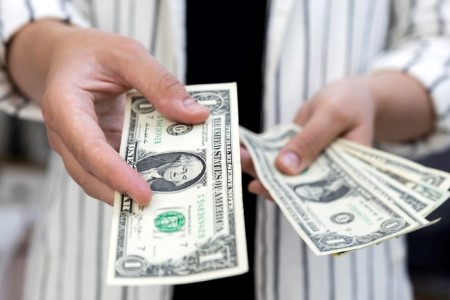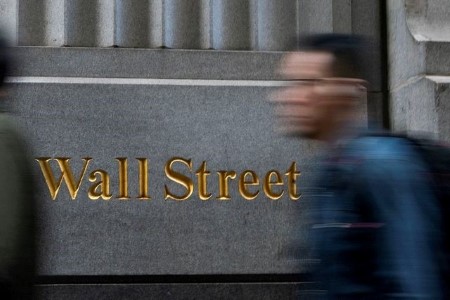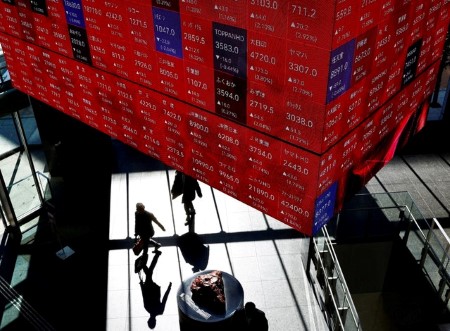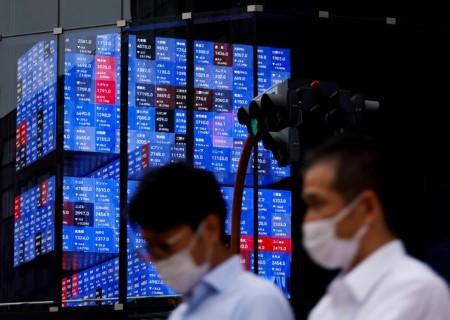NEW YORK – With December so far delivering Scrooge-like returns in an otherwise stellar year for US stocks, investors hope the tail end of 2024 offers some holiday cheer, but warn of potential headwinds.
The benchmark S&P 500 is up more than 23% for 2024, even after a major stumble this week, and Wall Street has historically often enjoyed a strong annual close.
Since 1969, the last five trading days of the year combined with the first two of the following year have yielded an average S&P 500 gain of 1.3%, a period known as the “Santa Claus Rally,” according to the Stock Trader’s Almanac.
But this year, there are signs Santa Claus may disappoint.
The S&P 500 on Wednesday suffered its biggest one-day drop since August after the Federal Reserve caught investors off guard by signaling fewer-than-expected interest rate cuts in 2025.
The market also looks less healthy beneath the surface: Eight of the 11 S&P 500 sectors are in negative territory for December, while the equal-weight S&P 500, a proxy for the average index stock, is down 7%.
Congress also dealt the markets a year-end curveball on Thursday evening, rejecting a package that would have averted a partial government shutdown that could affect a range of services.
“I think investors are somewhat concerned about the potential for a government shutdown, particularly if one were to linger through the weekend,” said Anthony Saglimbene, Chief Market Strategist at Ameriprise Financial.
Another worry for stocks as the year winds down is rising Treasury yields, said Matt Maley, chief market strategist at asset manager Miller Tabak. Benchmark 10-year yields hit 4.55% on Thursday following the Fed meeting, their highest level in over six months.
With the S&P 500 trading at 21.6 times forward earnings estimates, well above its 15.8 historical average, according to LSEG Datastream, that jump in yields will put more pressure on equity valuations.
“We’re ending the year with people finally facing the reality that the stock market is extremely expensive and the Fed is not going to be as accommodative as they had been thinking,” Maley said.
Still, this week’s pullback could be positive because it eliminated some of the frothy sentiment in equities, “setting up the market for a rebound,” said Chuck Carlson, chief executive officer at Horizon Investment Services. “If there is further follow through on the downside, that could be a little bit more dangerous to the bullish trend.”
The Santa Claus period, when combined with the following first five trading days of January and the performance of January overall, is a harbinger for the year: when those three indicators are positive, the year has ended higher more than 90% of the time in the past 50 years, according to the Almanac.
But that seasonal strength may have come early this year, given the S&P 500 posted a blockbuster 5.7% return in November driven by Donald Trump’s Nov. 5 presidential election victory, Carlson said.
“It’s been a strong year for the market, and you can make an argument that we kind of got the year-end rally in November instead of December,” Carlson said.
Signs that the market rally is increasingly narrow could also spoil any holiday cheer.
A number of megacap stocks have performed well in December, including Tesla and Alphabet, which are up 26% and more than 12% respectively so far this month. Broadcom shares are up 35% for December after the company this month predicted booming demand for its custom artificial intelligence chips, pushing its market value over USD 1 trillion.
But such gains are increasingly sparse. The number of S&P 500 components that declined outpaced those that advanced for 13 straight sessions as of Wednesday, the longest such losing streak in LSEG data that stretches back to 2012.
In another worrisome sign, the percentage of S&P 500 stocks trading above their 200-day moving averages declined to 56% as of Wednesday, a low for the year, according to Adam Turnquist, chief technical strategist for LPL Financial.
“We recommend waiting for support to be established and for momentum to improve before stepping up to buy the dip,” Turnquist said in a note following Wednesday’s selloff.
(Reporting by Lewis Krauskopf; Additional reporting by Terence Gabriel, Laura Matthews, and Saqib Ahmed. Editing by Michelle Price and Jamie Freed, Kirsten Donovan)







 DOWNLOAD
DOWNLOAD




